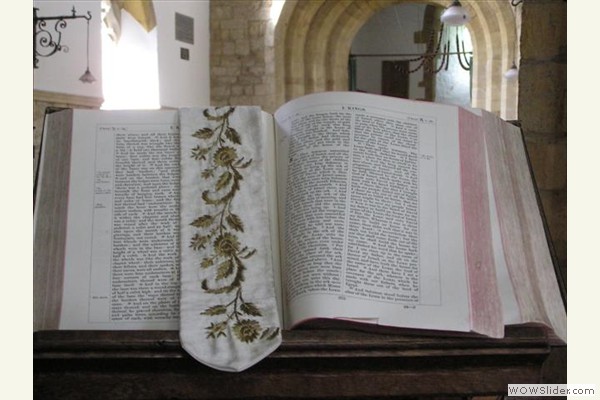
An Exposition Of the Epistles Of Saint Paul And Of The Catholic Epistles Volumes 1&2
FIRST EPISTLE OF ST. PAUL TO THE THESSALONIANS
Introduction
THESSALONICA—now called Salonica—was the Capital of Macedonia. The history of St. Paul’s arrival at Thessalonica, of the success of his preaching there, is recorded in the Acts of the Apostles (chap. 17). After leaving Philippi, the Apostle, accompanied by Silas, came, about the year 50, to Thessalonica, and preached, for three sabbath days, in the Jewish synagogue. The fruit of his preaching was the conversion of some among the Jews, and of a great multitude of the Gentiles, among whom were many women of quality. This excited the envy of the Jews; and in consequence, tumults were excited by them over the whole city; the Apostle was, therefore, forced to fly to Berea. Having preached there for some time with success, he was obliged to depart, owing to the same spirit of jealousy; he then came to Athens. The Thessalonians were, in the meantime, subjected to much persecution, and had to endure many privations for the faith. The Apostle, having been informed of this, began to entertain fears and anxiety for their perseverance; and in consequence, sent Timothy from Athens to console and confirm them in the true doctrine of Christ. Timothy, after discharging the duties of his mission, returned to St. Paul, who was now at Corinth (for he remained but a very short time at Athens), and bore a most consoling and satisfactory testimony regarding the unshaken firmness of their faith.
Hence, the OCCASION OF THIS EPISTLE.—In the three first chapters, the Apostle congratulates the Thessalonians on their unshaken constancy and firmness in the faith; and brings forward the most engaging motives to encourage them to perseverance. In the two remaining chapters, he inculcates certain duties of morality, particularly in regard to chastity and the marriage bed; he also treats of the general resurrection and other subjects, regarding which it would appear, as he had been informed by Timothy and Silas, erroneous notions were entertained at Thessalonica.
TIME AND PLACE OF.—It is asserted by the subscription of the Greek copies, that this Epistle was written at Athens. But the more common, as well as the more probable, opinion held by Baronius and others is, that it was written at Corinth; for, Timothy had returned before it was written (chap. 3). Now, it was to Corinth, and not to Athens (where St. Paul’s stay had been very short), Timothy had returned from his mission, as is clear from chap. 23 of the Acts of the Apostles; hence, the date of this Epistle is fixed about the year 52. St. Paul preached at Thessalonica about the year 50; and that it was the first written by St. Paul seems clear, as we have no account of any other written at an earlier period.
Copyright ©1999-2023 Wildfire Fellowship, Inc all rights reserved

 Keep Site Running
Keep Site Running